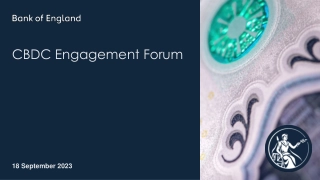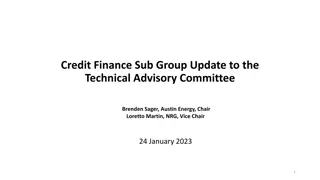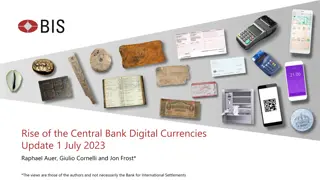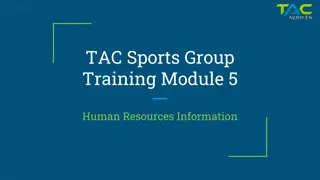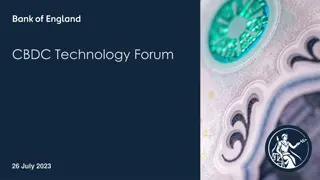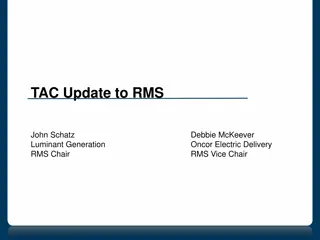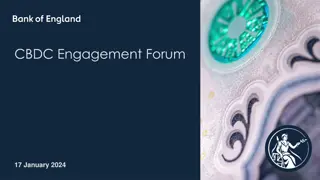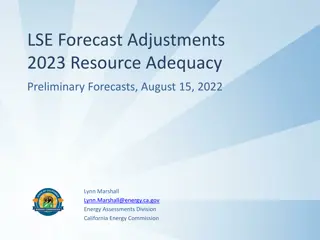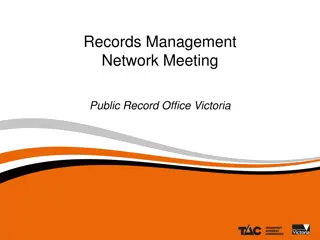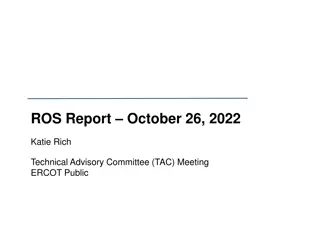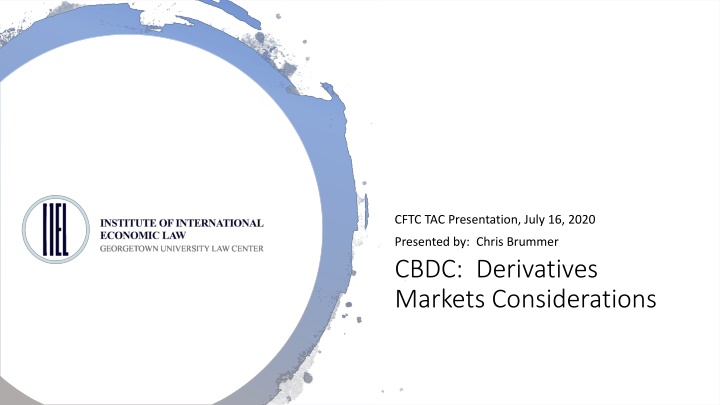
CBDCs and Stablecoins in Financial Markets
Dive into the world of Central Bank Digital Currencies (CBDCs) and Stablecoins with insights on key design considerations, regulatory treatments, and comparisons between the two. Explore the implications for banking, financial services, and the evolving landscape of digital currencies.
Download Presentation

Please find below an Image/Link to download the presentation.
The content on the website is provided AS IS for your information and personal use only. It may not be sold, licensed, or shared on other websites without obtaining consent from the author. If you encounter any issues during the download, it is possible that the publisher has removed the file from their server.
You are allowed to download the files provided on this website for personal or commercial use, subject to the condition that they are used lawfully. All files are the property of their respective owners.
The content on the website is provided AS IS for your information and personal use only. It may not be sold, licensed, or shared on other websites without obtaining consent from the author.
E N D
Presentation Transcript
CFTC TAC Presentation, July 16, 2020 Presented by: Chris Brummer CBDC: Derivatives Markets Considerations
What is CBDC? Central bank digital currency: Notably, not yet a standardized term, and one where even international authorities (BIS) have noted that there will be no rulemaking. Yet there are number of widely recognized characteristics: Central bank-issued digital money and a liability of the central bank Backed by the government in the same way that current forms of fiat currency are backed But distinct from existing master accounts at Federal Reserve Banks See Fintech Beat podcast conversation with Beno t C ur , noting likely standard-making, as opposed to rulemaking, at international level.
Key Design Considerations Account based or token based Retail or wholesale Privacy, anonymity Degree of centralization, involvement of commercial banks or other intermediaries Interest bearing Programmability Each design choice has significant implications for use cases, adoption, and impacts on existing banking and financial services business models
Stablecoins: A primer Stablecoins are privately issued instruments, typically used as a store of value or medium of exchange Designed to have a market value that tracks or is pegged to a set amount of fiat currency or a fixed amount of a particular asset (e.g. an ounce of gold) Generally token based, arose from blockchain-based cryptocurrencies Not backed by a central bank, but may be supported by commercial bank deposits, securities, or other assets, including virtual currencies (see MakerDAO). Could also be algorithmically supported. Generally not treated as money or currency (but see Wyoming UCC)
CDBC vs. Stablecoins? What problems are CBDCs trying to solve? 24x7 movement of fiat Contactless payments Riskless settlement (although the risk on USDC, PAX, GUSD in theory should be low) Extending fiat into the programmable money era (see features offered by USDC, for example) What is the proper government response? Should government compete with stable coins? Or should government offer something simpler, underlying, that stablecoin providers can layer valued added services on top of?
Regulatory Treatment of CBDC CBDC would be a digital fiat currency Therefore it should be treated the same as other fiat currencies (special policies for US dollar issuances?) Currencies are commodities under the Commodity Exchange Act However, US dollars are typically not themselves the subject of derivatives contracts
Derivatives Market Considerations CBDC could potentially facilitate the faster exchange of payments and collateral for cleared and uncleared contracts Through use of smart contracts, CBDC could be utilized to effectuate real-time or closer to real-time settlement of margin or collateral obligations associated with cleared and uncleared derivatives. Clearinghouses, FCMs, swap dealers would need to build messaging and settlement systems for the secure transfer of CBDC The existing role of commercial banks may change Programable CBDC could also facilitate further automation of these functions A retail, programable CBDC could be useful in retail FX markets
The Importance of CBDC Design Not all CBDCs are the same. A Central Bank could issue, or sanction the issuance of, some currency instrument that might include elements of a swap or secured product. Let s say the Central Bank decides against issuing a CBDC directly, but instead goes to all the commercial banks, or just to the primary dealers, and say you create a digital dollar in whatever form you want. We will guarantee those digital dollars. Or We will secure those digital dollars with the mortgage backed securities or corporate bonds that we ve bought over the years. Is this a swap? Is this a security or security-based swap? In addition to other structures, these products may very well be CFTC (or SEC) regulated products.
The Importance of CBDC Design (contd) If it is a swap or forward not traded on a CFTC or SEC regulated exchange, as appropriate, you will need to be an Eligible Contract Participant (ECP), as defined by CEA section 1a(18), to engage in the swap or forward. These alternative currency structures will not be available to retail persons. This may limit the usability of the CBDC in smart contracts, depending on the structure.
Legacy clearinghouses are largely built for real time processing on a limited basis for part of the day; They rely on partial real time for other functions during the day (e.g. margin), and then go full on batch mode after a market closes Crypto trading takes place 24 x 7 Market pressures could induce dramatic changes in operations to a 24x7 model to prevent competitors from listing same products and taking market share. What if any new custodial challenges would CBDC pose for clearinghouses?
Would a CBDC introduce new cybersecurity risks for derivatives infrastructures? Would CBDC-related services and infrastructures create larger honey pot risks? Would responses and backstops be sufficient given likely higher volume of CBDC-related transactions? What interest would other regulators (e.g. Fed) take in steps taken by hereto largely CFTC- regulated entities?
Movement of accounts to the central bank could, in theory, impact the liquidity of FCMs FCM customers will keep their USD/CDBC wherever they are safest and most accessible. Float typically present in the balance sheet of FCMs could be reduced, introducing new or unexpected sources of fragility. Would a rapid shift to CBDC impact the financial health of FCMs?
Would a platform-based CBDC require new forms of intermediaries for derivatives infrastructure? Some countries, including China, are toying with the idea of a platform based model whereby an ecosystem of financial services providers could be built on top of the payment rails for money. Such an ecosystem could involve in principle financial services providers that operate in the derivatives sector. Additionally, derivatives services could in theory be provided on top of such a platform
Would the introduction of a CBDC provide a means of easing the costs of regulatory compliance? Compliance costs may remain largely stable However, firms may have greater opportunities to distinguish themselves, particularly those that run on modern, highly efficient platforms. For example, some firms may keep segregated accounts in real time-- event by event, in real processing time--not pulse based batch a few times a day.

